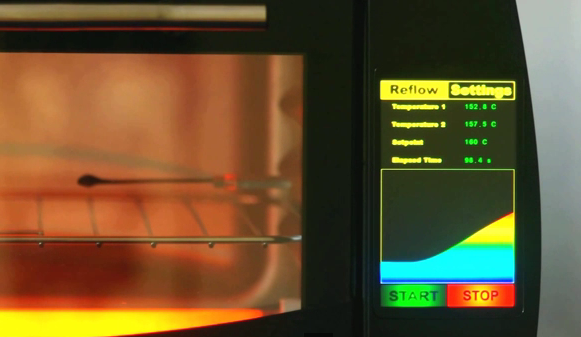What would you do if you came across a 100W, 7500 lumen LED diode for under $10? Probably something like this.
It’s actually quite amazing how cheap LEDs are getting. [Julian Ilett] found this 2″ x 2″ LED on eBay for only £4.79 (<$10 USD). It’s rated for 32-34V with a current draw of 3000mA, which works out to about 100W. Its brightness? 7500 lumens. That’s brighter than most home theater setups.
At that price, [Julian] had to try playing with one. The problem with these higher power LEDs is that they typically need a rather expensive LED driver, due to the less common voltages they operate at — and of course, the concern of over-driving them and burning them out. Not interested in finding a suitable driver, [Julian] decided to try something a bit less conventional — wiring a pair of 18V drill batteries in series.
Continue reading “Monster 100W LED Flashlight For Under $10!”

















